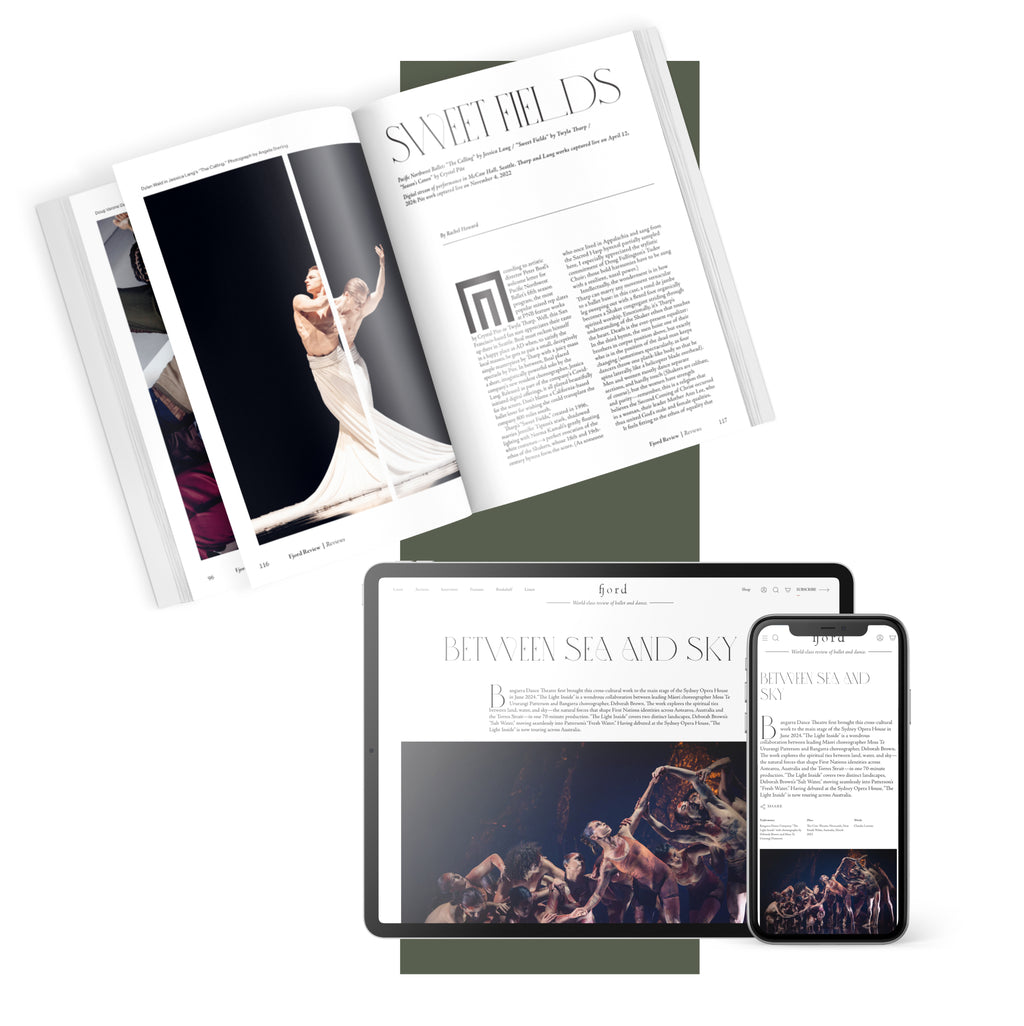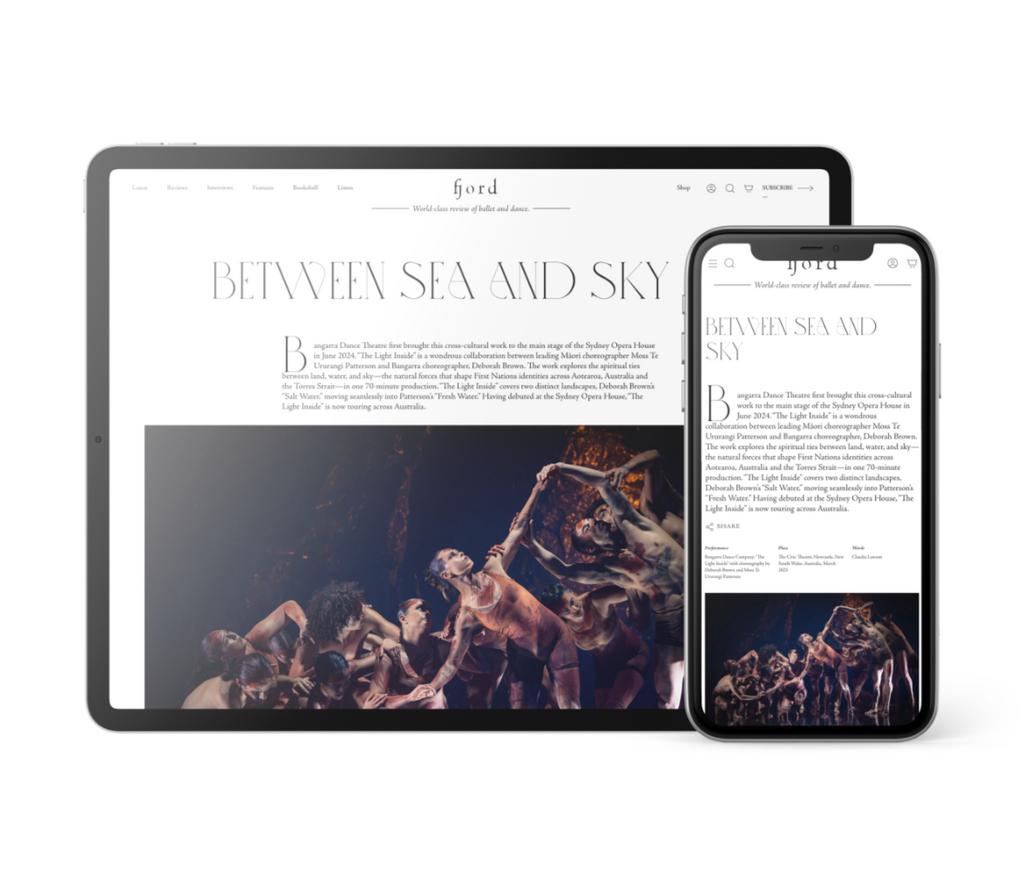Talent Time
It’s “Nutcracker” season at San Francisco Ballet—36 performances packed into three weeks—which means that the company is currently serving two distinct audiences.
Continue Reading
World-class review of ballet and dance.
In these fast-paced times, where we are bombarded with spectacles that compete to be flashier, more action-packed, and more hi-tech than the next, it was a joy to experience an evening of charm and timeless simplicity. Japan Society’s program “Nihon Buyo in the 21st Century: From Kabuki Dance to Boléro” demonstrated that there are classic, traditional expressions that are adaptively incorporating contemporary influences and exist as current, expandable, living traditions.
Performance
Place
Words



“Uncommonly intelligent, substantial coverage.”
Your weekly source for world-class dance reviews, interviews, articles, and more.
Already a paid subscriber? Login

It’s “Nutcracker” season at San Francisco Ballet—36 performances packed into three weeks—which means that the company is currently serving two distinct audiences.
Continue ReadingLast week I caught up with choreographer Pam Tanowitz and Opera Philadelphia’s current general director and president, countertenor Anthony Roth Costanzo to talk about “The Seasons,” the company’s latest production premiering at the Kimmel Center’s 600-plus seat Perelman Theater on December 19.
Continue ReadingIf Notre-Dame remains one of the enduring symbols of Paris, standing at the city’s heart in all its beauty, much of the credit belongs to Victor Hugo.
Continue ReadingWhen dancer and choreographer Marla Phelan was a kid, she wanted to be an astronaut. “I always loved science and astronomy,” Phelan said.
Continue Reading
comments